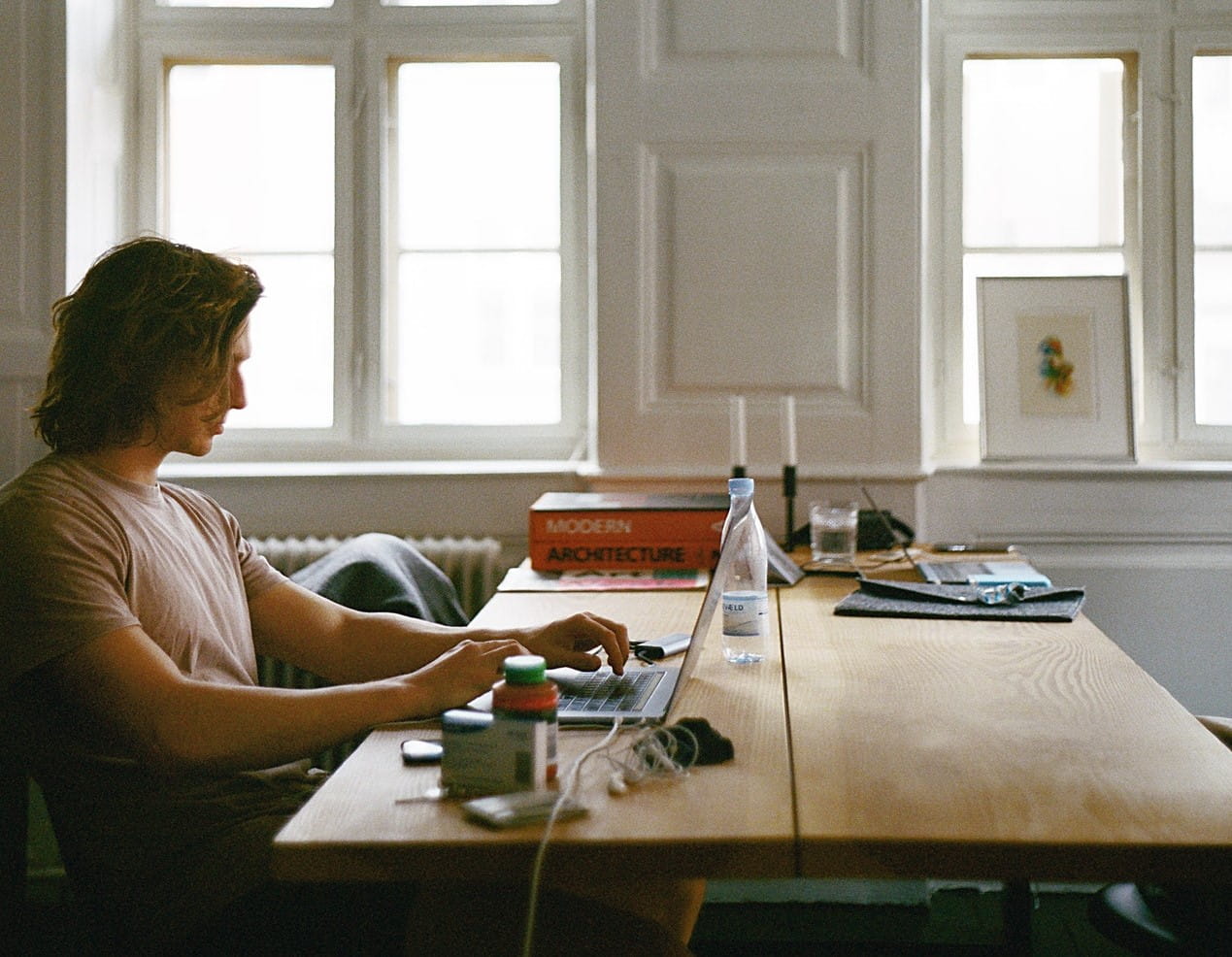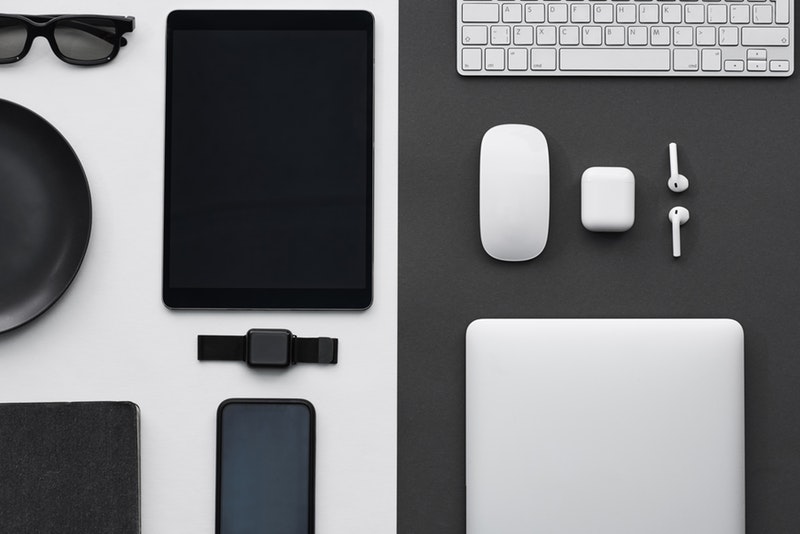If there is anything the whole world can relate to at this time, it would have to be telecommuting. As more and more employers switch to a remote work policy. The global economic environment is, well, different now that the coronavirus threat is a pandemic, but collectively and individually we can make the most of working from home.
If you are a software development firm like Smart IT or are part of a company where telecommuting is accepted, working remotely can be customary. Distributed teams are a frequent phenomenon in the IT world. It is these teams that have perfected the art of working from home over so many years.
The goal of this post is not to jump on the bandwagon and offer yet another warped vision of what you should do to make your time working from home productive. It is however to present a brief collection of a broad range of commonly accepted advice when it comes to teleworking.
A brief guide to staying productive in the home office
Routine
Without delay, the number one piece of advice on this list is to keep to your routine. Waking up later or skipping breakfast to instead eat in front of your monitor is not advisable. Changing your circadian rhythms in this way, in fact, induces unwanted stress. Treat work from home as any other day. You are still going to work. But at home.
Stick to your usual hours and do not skimp out on the morning grooming session either. For some, this is the meditative session that helps get into a working mood. For others, it is a means of ticking those mental checkboxes, before they can settle in to work. It can mean actually leaving ‘no shave November’ until November, and wearing something more formal other than slippers.
Speaking of clothes, there is a reason so many white-collar and blue-collar jobs have uniforms. Apart from social factors, it also helps draw the line between hours spent in the workplace and free time. In brief, dress the part and that will help your brain blur the line between having to do professional work in a casual environment.
Workspace
Getting the mood for the working day ahead can only be half the work needed to be productive. Setting the scene for work is just as important. Delineate your workspace, whether that means having the right equipment, the appropriate desk, unobtrusive lighting and shutting the doors to the outside world.
But it will not be long before the outside world reminds you about itself. Getting away from distractions is harder said than done, even in the office. However, before you even get to work, make sure to lock out distractions. Kids, cooking, television, music, social media — think about these things before you get down to work, not during.
There is always that, which makes us feel at home, when at work. The opposite is true, when you work from home. In other words, the simple message is — make yourself comfortable. It takes all sorts to make a world and that is why we must give time to establish comfort and get accustomed to the fact that these are no ordinary times.
Communication
Social distancing is the phrase bursting out of everyone’s social feeds, including the president’s. Distance yourself socially, but do not forget to communicate. Chances are that if you are not a freelancer, digital nomad, or a solopreneur, you will have to rely on your team, and they on you. With this in mind, maintain the teamplayer your company hired you to be, ever as you work remotely.
There is some talk of companies doing weekly virtual get-togethers to bridge the communication gap, both professional and personal. Virtual conferencing or video conferencing is one of the more powerful collaboration tools employed today. Messenger and collaboration tool downloads have gone through the roof in the last few days. It only makes sense that team members maintain some degree of proximity with one another, given the abundance of technological instruments.
Communication is key and remains important as home becomes the office, and vice versa. Stay in touch with team members, supervisors, and executives to bee in the loop and keep others up-to-date on your progress.
Physical wellbeing
It is high time to get that yoga mat out, or get around to putting that treadmill under your desk. As areas of large gatherings of people like the gym get shut down, it will be everyone’s individual responsibility to make sure they get enough exercise (not like that was not the case already).
A common phenomena is that time seems to go by faster as you sit at your desk at home. The same is true when you are there working. Set reminders to take breaks often, not to the detriment of your work, of course. No one wants an employee leaving a conference call for no reason. But it is crucial to move and be active, especially when the allure of the sofa and bed is that much more intense.
Last but not least, do not forget to customize, customize, customize. If you have not worked remotely before, experiment to discover what works for you. We all have our quirks and peculiarities, we just have to discover them and adjust to make the most of it.
Useful resources
Perhaps the best way to stay safe amid a global crisis is to stay aware. Relevant resources that keep us in the loop about the goings-on on the nationwide and global arena help take better precautions, dispel myths and put our minds to rest.
To aid anyone and everyone working from home in this uneasy time can benefit from a list of trusted resources:
LinkedIn Learning recently opened up 16 video courses on WFH best practices. Is it another excuse to stay at the computer? Yes, but it serves a good cause and you can always filter out the tutorials that are most relevant.
The World Health Organization’s advice for the public on measures everyone can to prevent the spread of COVID-19.
Anyone interested in the chronology and the numbers of the spread of the disease can have a look at Reuters Graphics.
If you are video consumer and science nerd, this Youtube video does a great job of breaking down the virus into microcomponents.
Lastly, here is a map of the Coronavirus COVID-19 Global Cases by the Center for Systems Science and Engineering (CSSE) at Johns Hopkins University.
Takeaways
While it looks like the situation will remain a state of emergency for a while. We can all do our part to help flatten the curve together. Technology can help us achieve efficiency and stay on top of the latest developments.
With any luck and our collective involvement the pandemic will pass sooner, rather than later. It remains our personal onus to get together and look at our biggest barrier to being productive in the face that — ourselves.
Once we accept the facts that make us meander through the day, lose minutes of precious work time and diverge our attention from the work we have to do, we can overcome ourselves. If any is the time for personal achievements, it is now, when we are physically and mentally more than ever in our comfort zones.
Stay safe, stay productive!
17 March 2020

 Pavel Kaplunou
,
Pavel Kaplunou
, 



